
MANDAÏ DISTRIBUTION - independent music distributor
Copyright : 2002-2025
| SEARCH | |
| BROWSE BY | |
|
- Artists - Labels - Formats - Styles - Mid prices - Last items - LP - 10in - 7in - Mandaï Gift Vouchers |
|
| NEWSLETTER | |
|
- Subscribe |
|
| LOGIN | |
|
Sign in or Register. |
|
| CONCERTS | |
| 11/12/2025 Billions Of Comrades @ Chat le Roi | |
| 20/12/2025 Rene Biname @ Magasin 4 | |
| 06/02/2026 No Metal In This Battle @ Kulturfabrik | |
| 18/02/2026 It It Anita @ Le Botanique | |
| 28/02/2026 Mmuurr @ Le Laboratoire | |
| 22/04/2026 It It Anita @ Trix | |
| More concerts ... | |
| NEWS | |
| 27/11/2025 New releases will be soon added ! | |
| 27/10/2025 Update done ! | |
| 25/10/2025 Working on next update. | |
| 22/10/2025 New releases by Cuneiform Records will be soon in stock. | |
| More news ... | |
| FEEDBACKS | |
|
S... (Belgium) Super... |
|
|
Z... (Belgium) Bonne com', colis reçu rapidement,... |
|
|
P... (Belgium) Great music @ Mandai, flawless delivery ... |
|
| More feedbacks ... | |
| DESCRIPTION | ||
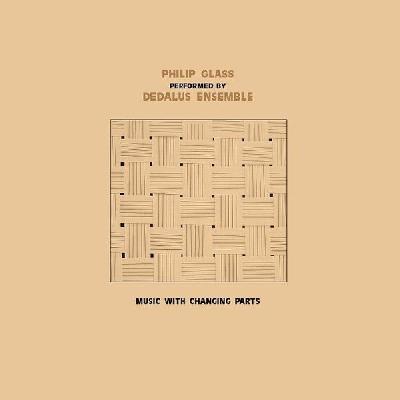 | DEDALUS ENSEMBLE (PERFORMING PHILIP GLASS) Music with Changing Parts Label : Sub Rosa Year : 2025 Format : CD Style : Contemporary Music Availability : In stock Price : 14.50 € - BUY | |
| Description : | Founding work of minimalism, Music with ChangingParts is a piece with free instrumentation.The musicians choose which part to play among the8 staves of the score. At each indicated cue, themusicians can change part, which produces an abrupt change of instrumentation. While the music is basedon a melodic material limited to a few notes that are repeated in patterns that expand or contract, the changesin orchestration refresh the listening experience by producing sonic contrasts. These techniques at workin Music with Changing Parts , written in 1970, will lead Philip Glass to renew his language and move from themonochromatic works that precede it to more dramatic works such as music in 12 parts and especially the opera Einstein on the Beach.When Philip Glass began rehearsing the piece, he was surprised to hear long notes when everything waswritten in eighth notes. After making sure that noneof the musicians were playing held notes, he realizedthat the fact that the same notes were played by allthe instruments in the ensemble produced, througha psycho-acoustic effect, a harmonic substrate ofresonant frequencies. He then decided to add tothe score the possibility of playing long notes toreinforce this effect.
For this recording, we chose to record first the eighthnotes, then the long notes in re-recording. This utopian version, with each musician playing short and longnotes at the same time (!), illustrates the minimalist aesthetic that plays with our perception and allowsus to reconcile opposites and cultivate the apparentparadox of a music that moves forward withoutMoving and changes constantly while remaining the same. | |
| Titles : | 01. Music With Changing Parts (1) 13'17 02. Music With Changing Parts (2) 13'56 03. Music With Changing Parts (3) 13'56 04. Music With Changing Parts (4) 13'45 | |
| FROM THE SAME ARTIST | |||
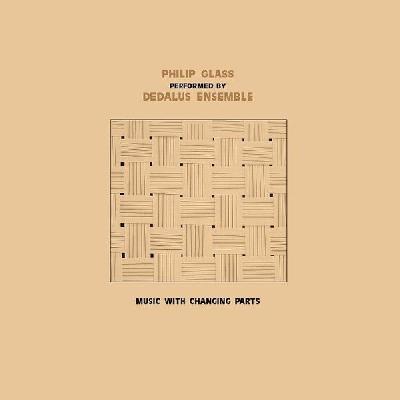
|
DEDALUS ENSEMBLE (PERFORMING PHILIP GLASS) - Music with Changing Parts
Label : Sub Rosa Format : 2xLP - Price : 24.80 € | ||

|
DEDALUS ENSEMBLE (PERFORMING PHILIP GLASS) - Music with Changing Parts
Label : Sub Rosa Format : CD - Price : 14.50 € | ||
| BEST SELLING | |||

YOWIE Taking Umbrage (CD) - 15.80 € Skin Graft Records |
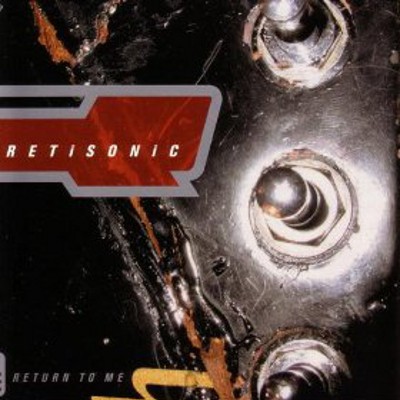
RETISONIC Return to Me (LP) - 10.40 € Modern City Records |
||

UNIVERS ZERO Uzed (CD) - 14.50 € Sub Rosa |

UNIVERS ZERO Uzed (LP) - 18.60 € Sub Rosa |
||
| NEW RELEASES | |||
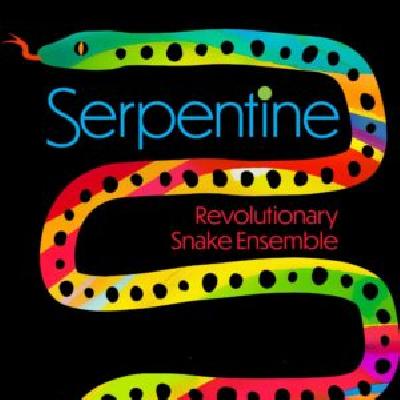
REVOLUTIONARY SNAKE ENSEMBLE Serpentine (CD) - 14.70 € Cuneiform Records |
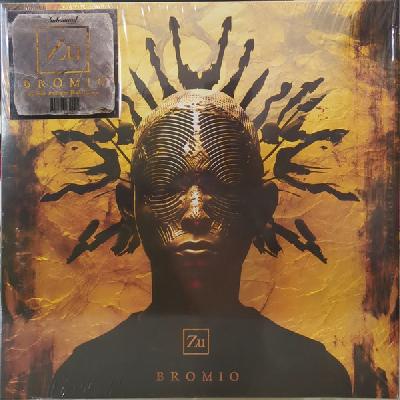
ZU Bromio (LP) - 20.70 € Subsounds Records |
||
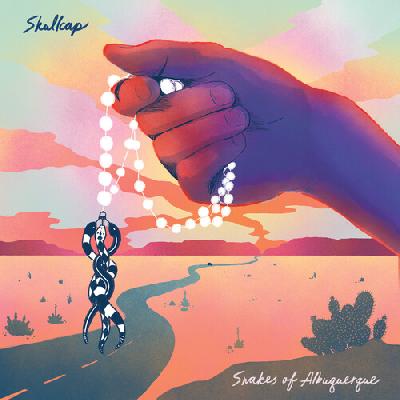
SKULLCAP Snakes of Albuquerque (CD) - 14.70 € Cuneiform Records |

YOWIE Taking Umbrage (CD) - 15.80 € Skin Graft Records |
||
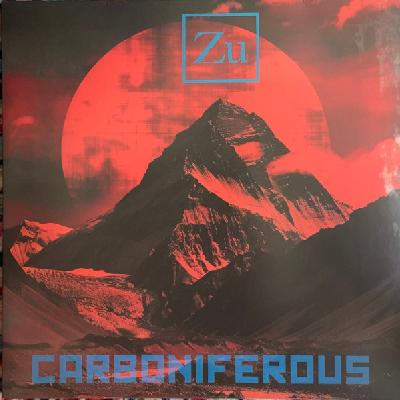
ZU Carboniferous (LP) - 20.70 € Subsounds Records |
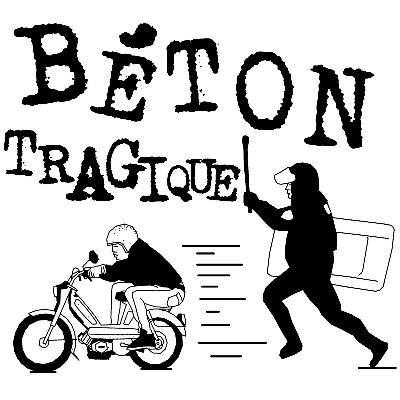
BETON TRAGIQUE Démo 2025 (Cassette) - 3.10 € Amicale du Hard Rock Sensible |
||
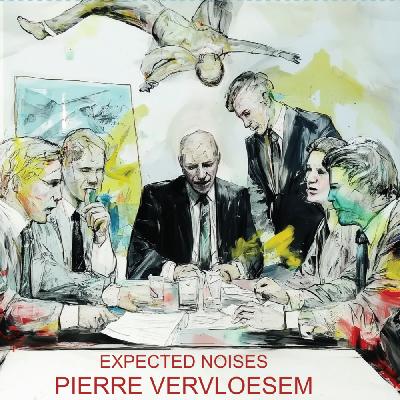
VERVLOESEM, PIERRE Expected Noises (CD) - 12.40 € Cheap Satanism Records |
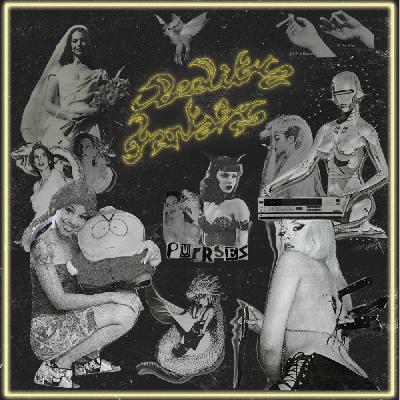
PURRSES Reality Fantasy (CD) - 14.50 € Cheap Satanism Records |
||
| -MORE NEW RELEASE- | |||